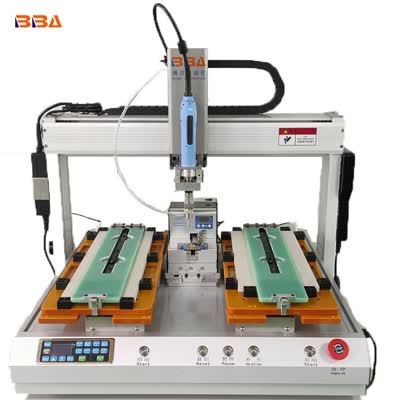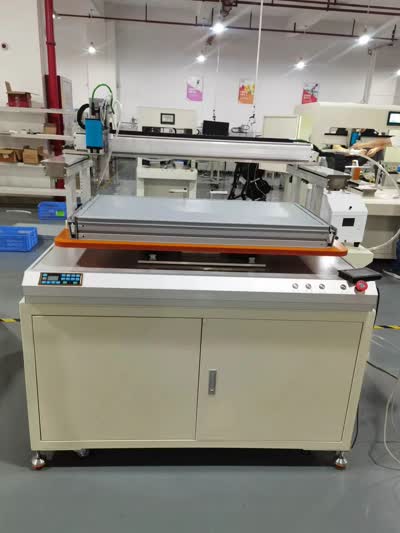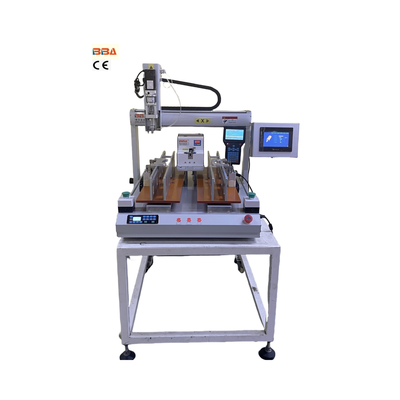Benefits of Automatic Screw Fastening Machines | Industrial Automation

| Product Name | Applicable industries |
| Automatic Screw Feeder | LED Lighting Industry |
Benefits of Using Automatic Screw Fastening Machines
In the fast-paced world of industrial manufacturing, efficiency, precision, and consistency are paramount. The adoption of automated solutions has become a cornerstone for companies striving to maintain a competitive edge. Among these technologies, automatic screw fastening machines have emerged as a critical component in streamlining assembly processes. These systems are designed to replace manual screwdriving, offering a multitude of advantages that directly impact productivity, quality, and the bottom line.
Enhanced Productivity and Throughput
One of the most immediate and significant benefits of implementing automatic screw fastening machines is the dramatic increase in production speed. Unlike manual operations, which are limited by human fatigue and variable pace, automated systems work at a constant, high speed. They can feed, place, and drive screws with remarkable rapidity, significantly reducing the cycle time per unit. This allows production lines to achieve a much higher throughput, enabling manufacturers to meet demanding deadlines and scale their output without proportional increases in labor or time.
Unmatched Consistency and Quality Assurance
Human operators, despite their best efforts, are susceptible to inconsistencies. Variations in screw driving torque, angle, and depth can lead to product defects such as stripped threads, cross-threading, or loose fasteners. Automatic screw fastening machines eliminate this variability. They are programmed to apply the exact same torque and depth for every single screw, every time. This ensures every product is assembled with uniform quality, drastically reducing the rate of defects and rework. The result is a more reliable final product and enhanced customer satisfaction.
Substantial Labor Cost Reduction
Manual screw fastening is a repetitive and labor-intensive task. By automating this process, companies can reallocate human resources to more value-added and complex tasks that require critical thinking and problem-solving skills. This not only optimizes the workforce but also leads to considerable savings in labor costs over time. Furthermore, a single automated machine can often perform the work of multiple operators, providing a strong return on investment and reducing long-term operational expenses.
Improved Worker Safety and Ergonomics
Repetitive strain injuries (RSIs) are a common concern in manual assembly lines. The constant motion of screwing can lead to musculoskeletal disorders in the hands, wrists, and arms of operators. Automatic screw fastening machines take over this physically taxing work, thereby creating a safer and more ergonomic workplace. This reduction in physical strain leads to fewer workplace injuries, lower absenteeism, and higher overall employee morale.
Greater Operational Flexibility
Modern automatic screw fastening systems are highly adaptable. They can be easily integrated into existing production lines and programmed to handle a wide variety of screw types, sizes, and materials. Quick changeover features allow for efficient transitions between different products or assembly stages, making them ideal for both high-volume mass production and smaller, mixed-model batches. This flexibility is crucial for manufacturers responding to dynamic market demands.
In summary, the integration of automatic screw fastening machines is a strategic move for any industrial operation focused on growth and excellence. The benefits are clear: a faster, more reliable production process, reduced operational costs, a safer work environment, and the flexibility to adapt to future challenges. Investing in this automation technology is not just about keeping up with industry trends; it is about building a foundation for sustained success and superior product quality.


